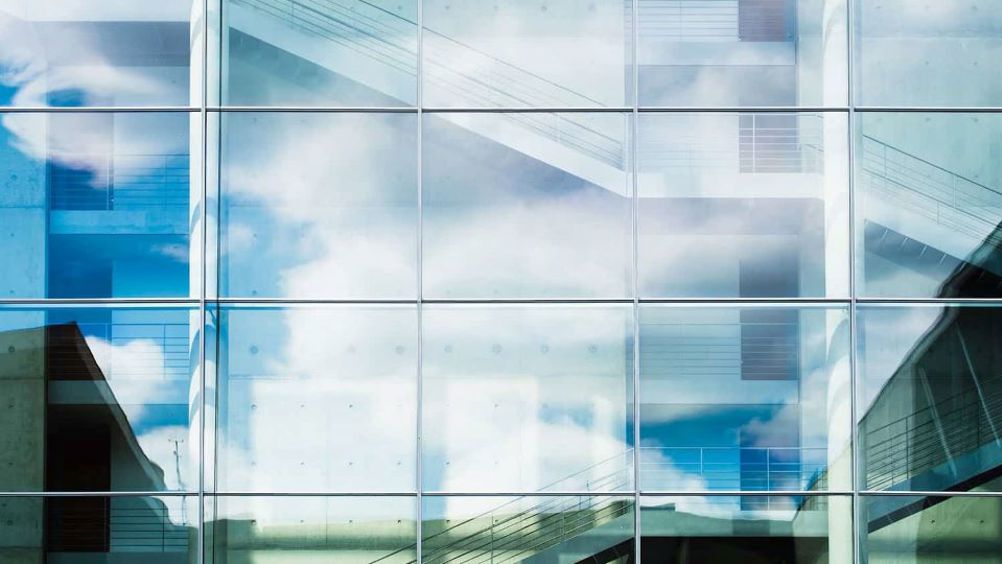Properties of electrochromic windows enhanced with water
Water bound within the crystalline structure of a tungsten oxide could lead to electrochromic windows with enhanced properties, claim researchers at NC State.

According to the team, the advance would allow building occupants to switch their windows between three modes: transparent, or “normal” windows; windows that block infrared light, helping to keep a building cool; and tinted windows that control glare while maintaining the view. Their work, carried out in collaboration with colleagues from University of Texas at Austin and Vanderbilt University, is detailed in ACS Photonics.
“Our work demonstrates that there are more options available,” Veronica Augustyn, co-corresponding author of a paper on the work said in a statement. “Specifically, we’ve shown that you can allow light to pass through the windows while still helping to keep buildings cooler and thus more energy efficient.”
Key to more dynamic window materials is water. When water is bound within the crystalline structure of a tungsten oxide – forming tungsten oxide hydrate – the material is said to exhibit a previously unknown behaviour.
Tungsten oxides have been used in dynamic windows due to them being transparent. By applying an electrical signal, and injecting lithium ions and electrons into the material, the material becomes dark and blocks light.
Register now to continue reading
Thanks for visiting The Engineer. You’ve now reached your monthly limit of news stories. Register for free to unlock unlimited access to all of our news coverage, as well as premium content including opinion, in-depth features and special reports.
Benefits of registering
-
In-depth insights and coverage of key emerging trends
-
Unrestricted access to special reports throughout the year
-
Daily technology news delivered straight to your inbox










Water Sector Talent Exodus Could Cripple The Sector
Maybe if things are essential for the running of a country and we want to pay a fair price we should be running these utilities on a not for profit...